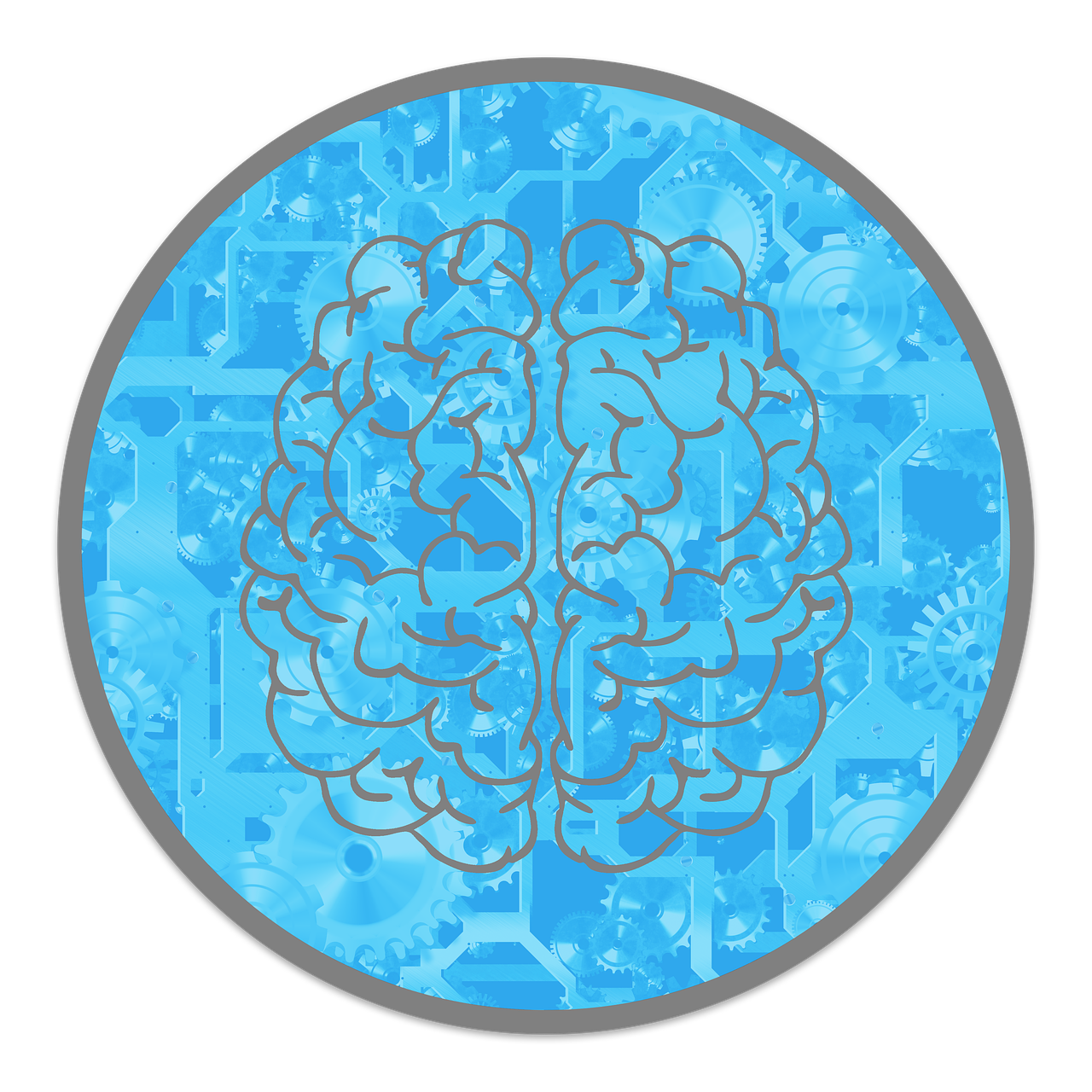
Optimism is like the mental version of wearing rose-colored glasses—but with clear lenses.
It’s not about pretending everything’s fine when it’s clearly not (we’re not living in a Disney movie).
It is about believing that even when life feels like a never-ending Monday, things can get better.
Psychologist Martin Seligman—basically the Yoda of positive psychology—says optimism comes down to how we explain stuff that happens to us.
Optimists? They treat bad days like bad Wi-Fi: annoying, but temporary.
They don’t blame themselves for every glitch in the system, and they don’t assume it’ll last forever.
So, yeah, being optimistic isn’t about ignoring reality. It’s about facing the mess with the mindset of, “Okay, plot twist—but this story’s not over yet.”
Characteristics of Healthy Optimism:
Healthy optimism isn’t about being all sunshine and rainbows 24/7 like you live in a Pixar movie.
It’s about keeping your head up even when life throws you into a plot twist. H
ere’s what it really means:
- You know life’s tough sometimes, but you still believe things can turn out okay (like when your favorite show gets canceled… but maybe the spin-off is better).
- You bounce back from setbacks like a Marvel superhero—maybe not immediately, but eventually and with style.
- You let yourself feel the feels. You’re not a robot. Sad, mad, frustrated? All valid.
- You treat failures like side quests. Sure, you didn’t beat the boss level this time, but you gained XP (a.k.a. experience points).
Example:
“Ugh, I didn’t get the job I wanted. That stings. But hey, maybe the right gig’s waiting for me. And I’ll level up my interview game while I wait.”
What Is Toxic Positivity? The Denial of Authentic Emotion
Toxic positivity is like slapping a smiley face sticker on a cracked phone screen and pretending everything’s fine.
It’s the idea that you have to stay positive no matter what—even if your world is falling apart like a reality show relationship.
This kind of forced “good vibes only” attitude actually does more harm than good.
It tells people to hide their real emotions, like sadness or anger, instead of dealing with them.
That can make someone feel super alone, invalidated, and even more stressed out.
Signs you’re dealing with toxic positivity
- Shoots down real emotions like they’re spam emails
- Pushes you to smile when you’re clearly not okay (hello, Oscar-worthy acting)
- Makes you feel guilty for being upset—as if feeling sad is a crime
- Encourages you to avoid feelings instead of facing them like a boss
Example:
“Everything happens for a reason. Just be happy.” — Yeah, not helpful when someone just lost something or someone important.

Why Does the Difference Matters? Emotional Health at Stake
This isn’t just a vocab quiz between “optimism” and “toxic positivity.”
It’s about your mental health, your friendships, and even how things run at school or work.
Your emotional well-being is on the line.
1. Mental health
Toxic positivity is like putting duct tape over a smoke alarm.
Sure, it’s quiet now, but the fire’s still burning.
When you pretend everything’s fine all the time, those bottled-up feelings can turn into anxiety, stress, or even depression.
But healthy optimism? That’s like having a built-in pep talker.
It helps you face tough stuff with hope without ignoring your feelings.
Research even says optimists handle stress better and bounce back faster—like emotional ninjas.
2. Relationships
Toxic positivity shuts people down.
Telling your friend “Just stay positive!” when they’re venting is like slamming the door on their emotions.
It makes them feel judged, not supported.
Healthy optimism sounds more like: “Yeah, that sucks.
But I’m here for you—and I know you’ve got this.”
It keeps it real and hopeful, which builds trust and deeper connections.
Bonus: you don’t have to fake being happy when you’re not.
3. Workplace culture
In schools and offices, toxic positivity can look like “We don’t talk about stress here—just smile and grind!”
Yeah… that kills motivation and honesty.
People stop sharing ideas or asking for help because they don’t want to seem negative.
But with healthy optimism, people feel safe to say, “Hey, I’m struggling with this,” without getting side-eyed.
That kind of culture leads to better teamwork, smarter solutions, and way fewer fake-smile emails.

How to Spot Toxic Positivity (and Replace It With Healthy Optimism)
Here are some real-life examples of toxic positivity — along with emotionally healthier alternatives.
| Toxic Positivity Statement |
Healthier Optimistic Reframe
|
| “Just think happy thoughts.” |
“It’s okay to feel down. You’re doing your best, and that matters.”
|
| “Everything happens for a reason.” |
“This is hard. But maybe there’s something you can take from this when you’re ready.”
|
| “You should be grateful for what you have.” |
“You can feel upset and still be grateful — both can be true.”
|
| “Don’t dwell on it — move on.” |
“Take your time to process. Healing isn’t a race.”
|
Science-Backed Benefits of Healthy Optimism
Healthy optimism isn’t just good vibes—it’s good science.
Unlike toxic positivity (aka emotional gaslighting in glitter), real optimism keeps it honest and hopeful.
And guess what? Your body and brain actually thank you for it.
1. Better physical health
Optimists are more likely to hit the gym, drink water that isn’t soda, and see the doctor before things get dramatic.
That means they’re less likely to end up dealing with serious health stuff like heart disease.
Basically, being hopeful can keep you out of the hospital—and in the group chat.
2. Stronger immune system
When life gets stressful, an optimist’s immune system doesn’t tap out.
It actually fights harder.
Studies show that people with a hopeful mindset have fewer sick days and less inflammation.
Think of it like emotional armor that also fights germs.
3. Cognitive flexibility
Optimism helps your brain stay agile.
It boosts problem-solving and makes it easier to adapt when life changes plans on you (again).
So instead of spiraling when things go sideways, optimists go, “Okay, plot twist—let’s figure this out.”
That’s called cognitive flexibility, and it’s kind of a superpower.
Tips to Cultivate Optimism Without Becoming Toxic
You can be hopeful without being fake.
Healthy optimism means keeping it real and rooting for better days.
Here’s how to do it—no toxic vibes, no forced smiles, just emotionally intelligent glow-up energy.
1. Validate emotions first
Before you hit someone with a “You got this!”, pause. Try: “Dang, that sounds rough.”
Validating someone’s struggle doesn’t kill the vibe—it builds trust.
Think of it like emotional Wi-Fi: strong connection first, message later.
2. Practice gratitude — but don’t force it
Writing down things you’re thankful for can totally boost your mood.
But don’t force it like a fake influencer haul.
Gratitude should coexist with real emotions—not cancel them out like a bad remix.
3. Reframe setbacks constructively
Don’t go full “Everything happens for a reason” mode.
Instead, say: “Okay, this didn’t go the way I wanted.
What can I take from this for next time?” That’s a growth mindset, not a glittery denial.
4. Use “both/and” language
Life’s messy. It’s okay to say, “I’m sad and I believe it’ll get better.”
You’re not a contradiction—you’re a complex human being.
Emojis can cry and sparkle, so can you.
5. Limit the ‘highlight reel’ mentality
Social media = everyone’s highlight reel.
If your feed’s full of people acting like life is perfect 24/7, it’s okay to unfollow or mute.
Follow creators who keep it honest—mental health > aesthetic.

Conclusion: Embrace Positivity — But Keep It Real
Positivity is awesome… when it’s real. Healthy optimism doesn’t mean pretending everything’s fine when it’s obviously a mess.
It means saying, “Yeah, this is hard—but I still believe I can get through it.”
Toxic positivity, on the other hand? That’s like slapping a smiley face on a cracked screen and pretending the phone still works.
It shuts down real feelings and acts like there’s only one “right” way to feel: happy. (Spoiler: there’s not.)
Here’s the truth: You don’t have to choose between being honest and being hopeful.
You can be both.
You can cry about it and believe in a comeback.
That’s how you build real emotional strength, deepen your relationships, and actually grow—not just “manifest” it.



